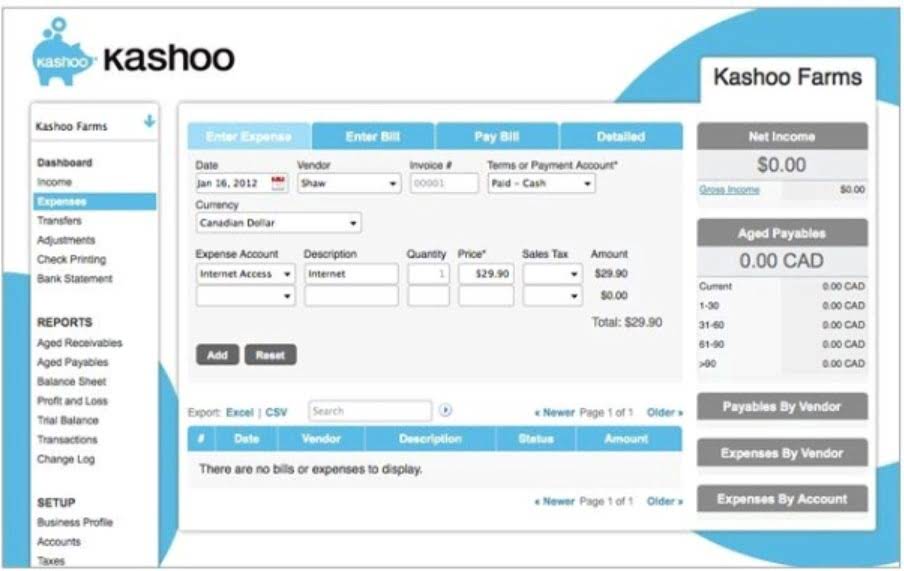
If a day trader who qualifies as a trader in securities has not made the Sec. 475(f) election, the day trader’s sales of securities result in capital gains and losses. Sales that yield long-term capital gains are taxed at the preferential capital gains rates, but the Sec. 1211(b) limitations on capital losses and the Sec. 1091 wash-sale rules also apply to the day trader. He or she reports sales of securities on Schedule D, Capital Gains and Losses, and on Form 8949, Sales and Other Dispositions of Capital Assets, as appropriate. Although a day trader who qualifies as a trader in securities is considered as being in the business of buying and selling securities, the trader is not subject to self-employment tax on gains and losses on his or her sales of securities.
Accounting for Divestitures: Principles, Reporting, and Financial Impact
Mark to market is an accounting practice that involves adjusting the value of an asset to reflect its value as determined by current market conditions. The market value is determined based on what a company would get for the asset if it was sold at that point in time. https://www.bookstime.com/ Profit or loss from day trading has tax implications for the trader’s other income-generating activities. In principle, day trading is like any other business in which inventory is purchased at a lower price and sold at a higher price (i.e., buy low, sell high).

Provides Realistic Financial Picture

Experienced business owners and those looking to buy a business would do well to take a lesson from the Enron scandal and avoid using unethical accounting strategies to hide debt from creditors and investors. Speaking to a qualified tax advisor can really help a business leverage legal strategies for financial success, without running afoul of tax law (or the SEC, if the business offers publicly traded securities). It’s important to remember that there is an important difference between ‘realized’ and ‘unrealized’ gains or losses.
What Is a Mark-to-Market Election?
- This method is based on a company’s past transactions and is conservative, easy to calculate, and reliable.
- When trading futures or trading on margin, it’s important to understand how mark to market calculations could affect your returns and your potential to be subject to a margin call.
- That doesn’t necessarily guarantee you would get that amount if you were to sell the asset.
- Mark to market accounting significantly influences financial statements by reflecting the real-time value of assets and liabilities.
- In some cases, the fair value of an asset is determined by its market value, which can be assessed just by looking at its listed value on a given market, such as the stock market or futures market.
Let’s say a day trader’s trades brought them one million dollars in profit during the taxable year. However, they have retained certain shares of stock that actually represent an unrealized loss, since the price of that particular security has recently decreased. If you’re trading futures contracts, for instance, mark to market adjustments are mark to market accounting made to your cash balance daily, based on the settlement price of the securities you hold. Your cash balance will increase or decrease based on the gains or losses reported for that day. That can be useful in a business setting when a company is trying to gauge its financial health or get a valuation estimate ahead of a merger or acquisition.

Tax advice for clients who day-trade stocks
- Then, using an estimate of the percentage of customers expected to take the discount, the company would record a debit to sales discount, a contra revenue account, and a credit to “allowance for sales discount,” a contra asset account.
- The new price is different from the historical cost of the home or the original price paid for the property.
- Mark to market is a helpful principle to understand, especially if you’re interested in futures trading.
- As such, it plays a crucial role for investors, management teams, and derivative traders.
Correcting for a loss of value for these assets is called impairment rather than marking to market. Mark to market is an accounting standard governed by the Financial Accounting Standards Board (FASB), which establishes the accounting and financial reporting guidelines for corporations and nonprofit organizations in the United States. FASB Statement of Interest “SFAS 157–Fair Value Measurements” provides a definition of “fair value” and how to measure it in accordance with generally accepted accounting principles (GAAP). Assets must then be valued for accounting purposes at that fair value and updated on a regular basis. Making the Sec. 475(f) election does not change the day trader’s treatment of his or her expenses from the trading activity. The expenses are treated as deductible business expenses that are reported on Schedule C.

- Remember that this process often requires appraisals or advanced pricing models when market prices aren’t easily accessible.
- However, they have retained certain shares of stock that actually represent an unrealized loss, since the price of that particular security has recently decreased.
- This is most often used in instances where investors are trading futures or other securities in margin accounts.
- The information provided by mark to market accounting can be very valuable to investors and other stakeholders, but it should be taken within the context of the overall market and the company’s plans for those assets.
Mark to Market (MTM) is an accounting method used to measure the current value of assets or liabilities. As the historical cost principle of accounting values assets based on the original price it was purchased, using mark to market provides a more accurate picture of what a company’s assets are worth today. The mark-to-market method of accounting records the current market price of an asset or a liability on financial statements. By using contemporary and market-based measurements, mark-to-market accounting aims to make financial accounting information more updated and reflective of current real market values.
Mark to market essentially shows how much the item in question would receive if it were to be sold today and is an alternative to historical cost accounting, which maintains an asset’s value at the original purchase cost. Neither the limitation on capital losses nor the wash-sale rules apply to the trader after making the election to use the mark-to-market method of accounting. Despite the change in characterization of income, a day trader who qualifies as a trader in securities is still not subject to self-employment tax on the sales of securities after making the Sec. 475(f) election. Mark to market accounting significantly influences financial statements by reflecting the real-time value of assets and liabilities.
Mark to market accounting in investment accounts

In insurance, for example, the mark to market method is used to calculate the replacement value of personal property. Calculating net worth, an important personal finance ratio, is also a simple form of mark to market accounting. • Pros of mark to market accounting include accurate valuations for asset liquidation, value investing, and establishing collateral value for loans. In the financial services industry, there is always a probability of borrowers defaulting on their loans. In the event of a default, the loans must be qualified as bad debt or non-performing assets.

